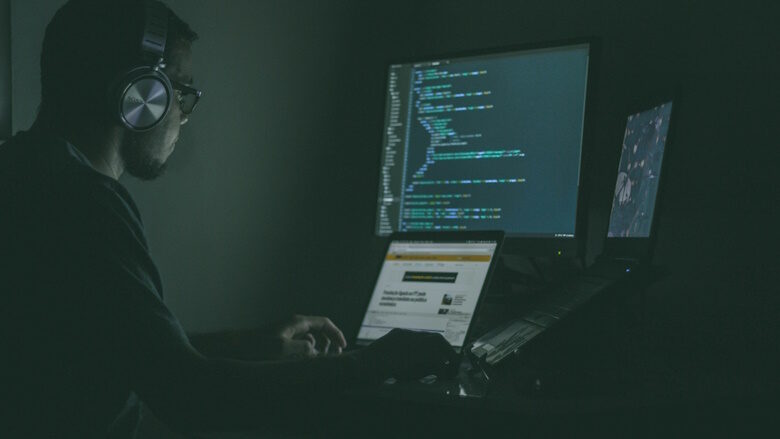The Alarming Rise of Deepfakes and the Struggle for Detection: A Generation at Risk
In an era of rapidly evolving technology, the proliferation of deepfakes has emerged as a significant threat to individuals and society alike. Deepfakes, synthetic media generated using artificial intelligence, can convincingly fabricate images and videos, making it increasingly difficult to distinguish between authentic and manipulated content. Recent research conducted by iProov paints a concerning picture of the public’s ability to detect these sophisticated forgeries. The study, encompassing consumers in the U.S. and U.K., found that a mere 0.1% of participants could accurately identify deepfakes across various stimuli, including both still images and video clips. This alarming statistic highlights the pervasive challenge posed by this technology and underscores the urgent need for improved detection methods and public awareness initiatives.
The research revealed a stark generational divide in awareness and susceptibility to deepfakes. A significant portion of older adults, particularly those aged 55 and above, demonstrated a concerning lack of familiarity with the term "deepfake." The study found that 30% of individuals aged 55-64 and a staggering 39% of those aged 65 and older had never even heard of deepfakes. This knowledge gap places this demographic at a heightened risk of falling victim to deepfake-driven scams and misinformation campaigns. As deepfakes become more sophisticated and accessible, this vulnerability poses a serious threat to the financial and emotional well-being of older generations.
The study also highlighted the increased difficulty in detecting deepfake videos compared to images. Participants were 36% less likely to correctly identify a synthetic video than a synthetic image. This disparity underscores the unique challenges presented by video-based deepfakes, which can exploit subtle nuances in facial expressions and body language to create highly convincing impersonations. The potential consequences of this vulnerability are far-reaching, ranging from financial fraud through impersonation on video calls to manipulation in scenarios where video verification is used for identity authentication.
Despite the low success rate in identifying deepfakes, the study found a pervasive overconfidence in individuals’ detection abilities. Across all age groups, participants exhibited a confidence level exceeding 60%, regardless of the accuracy of their responses. This misplaced confidence, particularly prevalent among young adults (18-34), creates a false sense of security and can lead to a decreased vigilance against deepfake threats. This overestimation of one’s ability to spot manipulated content can further exacerbate the spread of misinformation and erode trust in online information sources.
Social media platforms have become breeding grounds for the dissemination of deepfakes, with Meta (formerly Facebook) and TikTok identified as the most common online locations for encountering these fabricated media. This association has contributed to a decline in trust in online information and media sources, with 49% of respondents reporting reduced trust in social media after learning about deepfakes. However, despite the growing concern, only one in five individuals indicated they would report a suspected deepfake to social media platforms. This reluctance to report likely stems from a combination of factors, including a lack of clear reporting mechanisms and a sense of futility in addressing the issue.
The societal implications of deepfakes are a source of widespread anxiety, with three out of four respondents expressing concern about their potential impact. The fear of "fake news" and the spread of misinformation ranked as the top concern (68%), particularly among older generations, with up to 82% of those aged 55 and above expressing anxieties. This concern is well-founded, as deepfakes have the potential to manipulate public opinion, incite social unrest, and erode trust in institutions. However, despite the widespread anxiety, a significant portion of the population remains passive when encountering suspected deepfakes. Less than a third of individuals take any action, primarily due to a lack of awareness about reporting mechanisms or a general apathy towards the issue. This inaction further contributes to the proliferation of deepfakes and the normalization of manipulated content online. The challenge lies in bridging the gap between concern and action, empowering individuals with the knowledge and tools to effectively combat the spread of deepfakes and protect themselves from their harmful consequences.


